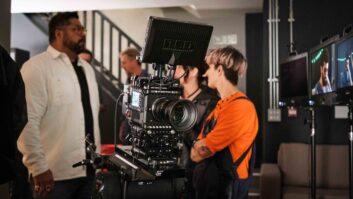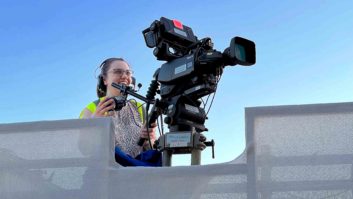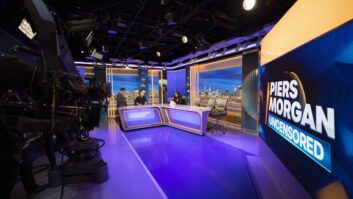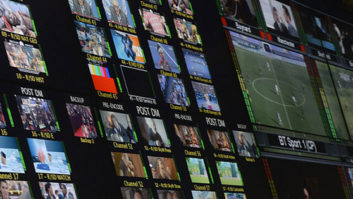Lighting for film and television has a long-standing history of traditional equipment and process that have only recently been so transformed by the emergence of LED lighting. Bringing their obvious benefits of energy savings, long bulb life, and heat reduction, LED lighting fixtures are now an established part of the illumination arsenal for film and television.
However, not all LED luminaires are created equal. Measuring and quantifying light quality has become as much of an art form as the creation of content itself. New measurement standards and technological breakthroughs have allowed for solid state lights to advance quality and measurement to be on par with their traditional brethren. Two areas of note are quantum dot technology and the TLCI standard.
Quantum dots are silicon nano-particles layered over LED chips to help them generate light of a more complete spectrum. These nano-particles vary in size and are tuned to create specific colours of light when excited by their ‘host’ LED; one specific size silicon nano-particle represents red (650nm), while another can represent green (532nm).
The nano-particles are then gathered in proprietary ratios and mixed in with the standard phosphor that is layered over LEDs to produce white light. Why do we do this? Because typical white LEDs without Quantum Dots can be deficient in areas of the visible spectrum that can be critical to the accurate representation of skin tones when capturing images for film and video.
In the development of the Quantum Tuned F8, our extensive head to head testing with competitive fixtures confirmed noticeable improvements in skin tones and the red portion of the spectrum, usually found to be deficient even when using high CRI LEDs.
The subjective Color Rendering Index (CRI) has been proven unreliable even when used for its original intended purpose, industrial and architectural situations. An emerging standard, TLCI (Television Lighting Consistency Index), is specific to the film and video industry and provides a more accurate measurement of the spectral power distribution and performance of a fixture as it relates to television production. Operating on a scale of 0 to 100, the results tend to portray a more accurate scale of lighting as it relates to production.
We have many installations throughout Europe and the Americas utilising Quantum Dot technology and IBC allows our customers to see first hand the advantages of quantum tuned fixtures and their ability to accurately replicate traditional lighting sources from a light quality perspective.







